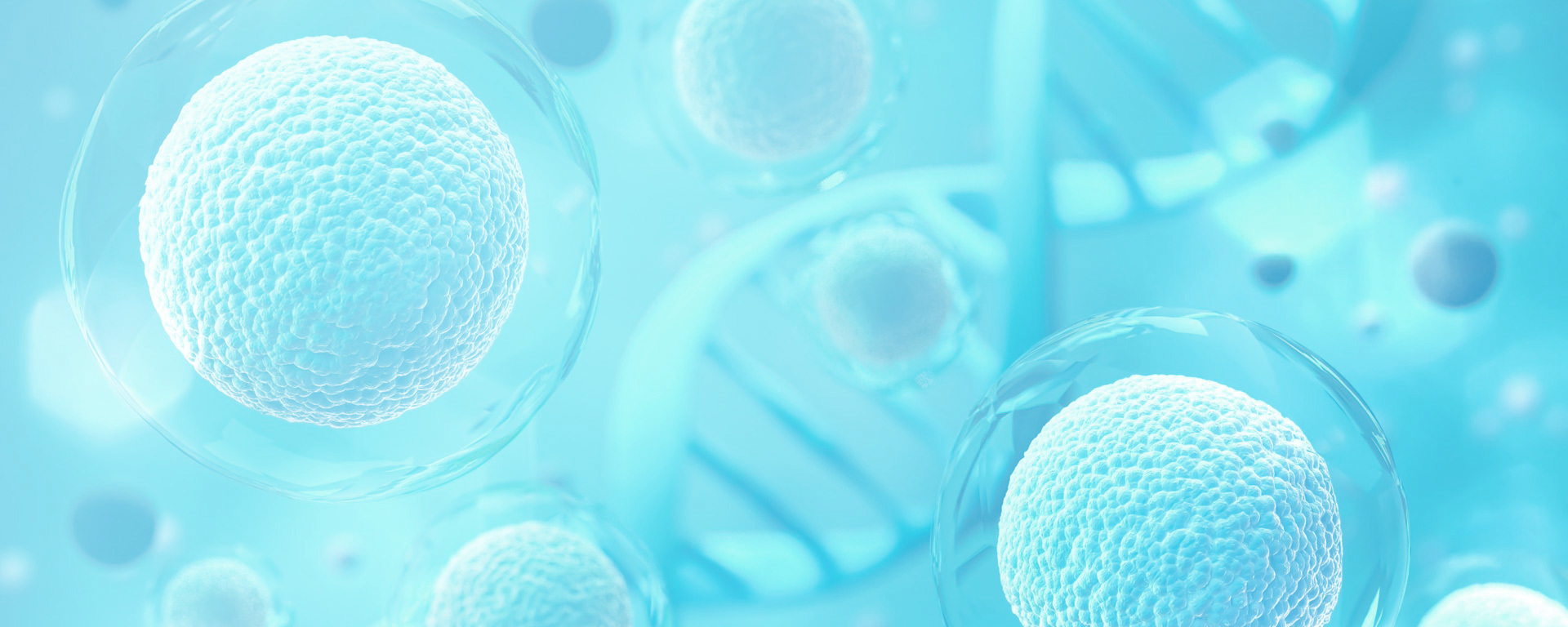Understanding the Main Characteristics of Cancer Cells in Tumor Knowledge
A tumor (tumor, neoplasm) is a genetic disease, but it is not hereditary; it refers to the change in genes under the influence of tumorigenic factors, losing normal regulation of its growth, leading to abnormal proliferation. It can be divided into two main categories: benign and malignant tumors.
Release time:
2022-08-26
Source:
Tumors (tumor, neoplasm) are a type of genetic disease, but they are not hereditary; they refer to cells that have undergone changes in their genes due to tumorigenic factors, losing normal regulation of their growth, leading to abnormal proliferation. They can be divided into two main categories: benign and malignant tumors. The former grows slowly, has clear boundaries with surrounding tissues, does not metastasize, and poses little harm to human health. The latter grows rapidly, can metastasize to other parts of the body, produces harmful substances, destroys normal organ structures, disrupts bodily functions, and threatens life.
Malignant tumors, also known as cancer, are currently the most serious type of disease threatening human health. In the United States, the mortality rate from malignant tumors ranks second only to cardiovascular diseases. According to the 2000 statistical bulletin on the development of health services in China, the leading cause of death among urban residents is malignant tumors, followed by cerebrovascular diseases and heart diseases. The most common and harmful tumors in China include lung cancer, nasopharyngeal cancer, esophageal cancer, gastric cancer, colorectal cancer, liver cancer, breast cancer, cervical cancer, leukemia, and lymphoma.
Tumor tissue consists of two parts: the parenchyma and the stroma. The tumor parenchyma is made up of tumor cells, which are the main component of the tumor and have tissue origin specificity. The stroma of the tumor supports and nourishes the tumor parenchyma, lacks specificity, and is generally composed of connective tissue and blood vessels, and sometimes lymphatic vessels.
Main characteristics of cancer cells
Cancer cells have three significant basic characteristics: immortality, migratory ability, and loss of contact inhibition. In addition, cancer cells exhibit many physiological, biochemical, and morphological characteristics that differ from normal cells.
Morphological characteristics of cancer cells
Cancer cells vary in size and shape, usually larger than their source cells, with a significantly higher nuclear-cytoplasmic ratio compared to normal cells, which can reach 1:1, while the ratio for normal differentiated cells is only 1:4-6.
Nuclear morphology varies, and phenomena such as giant nuclei, binucleation, or multinucleation can occur. Chromosomes within the nucleus exhibit aneuploidy, with some chromosomes missing and others present in increased numbers. Abnormal changes in chromosomes of normal cells can trigger the process of apoptosis; however, in cancer cells, the signaling pathways related to apoptosis are disrupted, meaning that cancer cells exhibit immortality.
Mitochondria show various polymorphisms, swelling, and proliferation; for example, in eosinophilic adenomas, hypertrophied mitochondria are tightly packed within the cells, while giant mitochondria appear in liver cancer cells.
The cytoskeleton is disordered, with certain components reduced and abnormal assembly of the cytoskeleton. Changes occur in cell surface characteristics, producing tumor-associated antigens.
Physiological characteristics of cancer cells
The cell cycle is uncontrolled, resembling microorganisms parasitizing within cells, not subject to the normal growth regulatory system, allowing continuous division and proliferation.
Exhibiting migratory ability, components related to cell adhesion and connection (such as ECM, CAM) undergo mutations or are lost, relevant signaling pathways are obstructed, and cells lose connections with each other and the extracellular matrix, making it easy to detach from the tumor. Many cancer cells possess the ability for amoeboid movement and can produce enzymes that perforate the vascular basement membrane and connective tissue, allowing them to migrate to other tissues.
Loss of contact inhibition; normal cells in vitro exhibit characteristics of adherent growth and stop growing after forming a monolayer, known as contact inhibition, while tumor cells can continue to grow even when piled up.
Loss of anchorage dependence; normal eukaryotic cells, except for mature blood cells, mostly need to adhere to specific extracellular matrices to inhibit apoptosis and survive, known as anchorage dependence. Tumor cells lose anchorage dependence and can grow on supports such as agar and methylcellulose.
Dedifferentiation phenomenon; it is known that over 20 types of fetal isoenzymes are expressed in tumor cells. Fetal alpha-fetoprotein is unique to the fetus but is expressed in liver cancer cells, making it a characteristic marker for early detection of liver cancer.
Reduced requirement for growth factors; cancer cells cultured in vitro have a significantly lower requirement for growth factors compared to normal cells, as their autocrine or cell proliferation signaling pathways do not depend on growth factors. Some solid tumor cells can also release angiogenic factors, promoting blood vessel growth towards the tumor, acquiring the nutrients needed for extensive proliferation.
Metabolic activity is vigorous; the activity of DNA and RNA polymerases in tumor tissues is higher than in normal tissues, and the process of nucleic acid degradation is significantly reduced, with both DNA and RNA content markedly increased.
Both protein synthesis and catabolism are enhanced, but anabolism exceeds catabolism, and they can even seize the protein degradation products from normal tissues, resulting in the body being in a state of severe consumption known as cachexia.
Mitochondrial dysfunction; even under conditions of sufficient oxygen supply, energy is primarily obtained through glycolysis. This is related to increased activity of three key glycolytic enzymes (hexokinase, phosphofructokinase, and pyruvate kinase) and changes in isoenzyme profiles, as well as decreased activity of key gluconeogenesis enzymes. Transplantability; normal cells, when transplanted into a host, are often rejected due to immune responses and do not survive easily. However, tumor cells are transplantable; for example, human tumor cells can be transplanted into rodents, forming transplant tumors.



